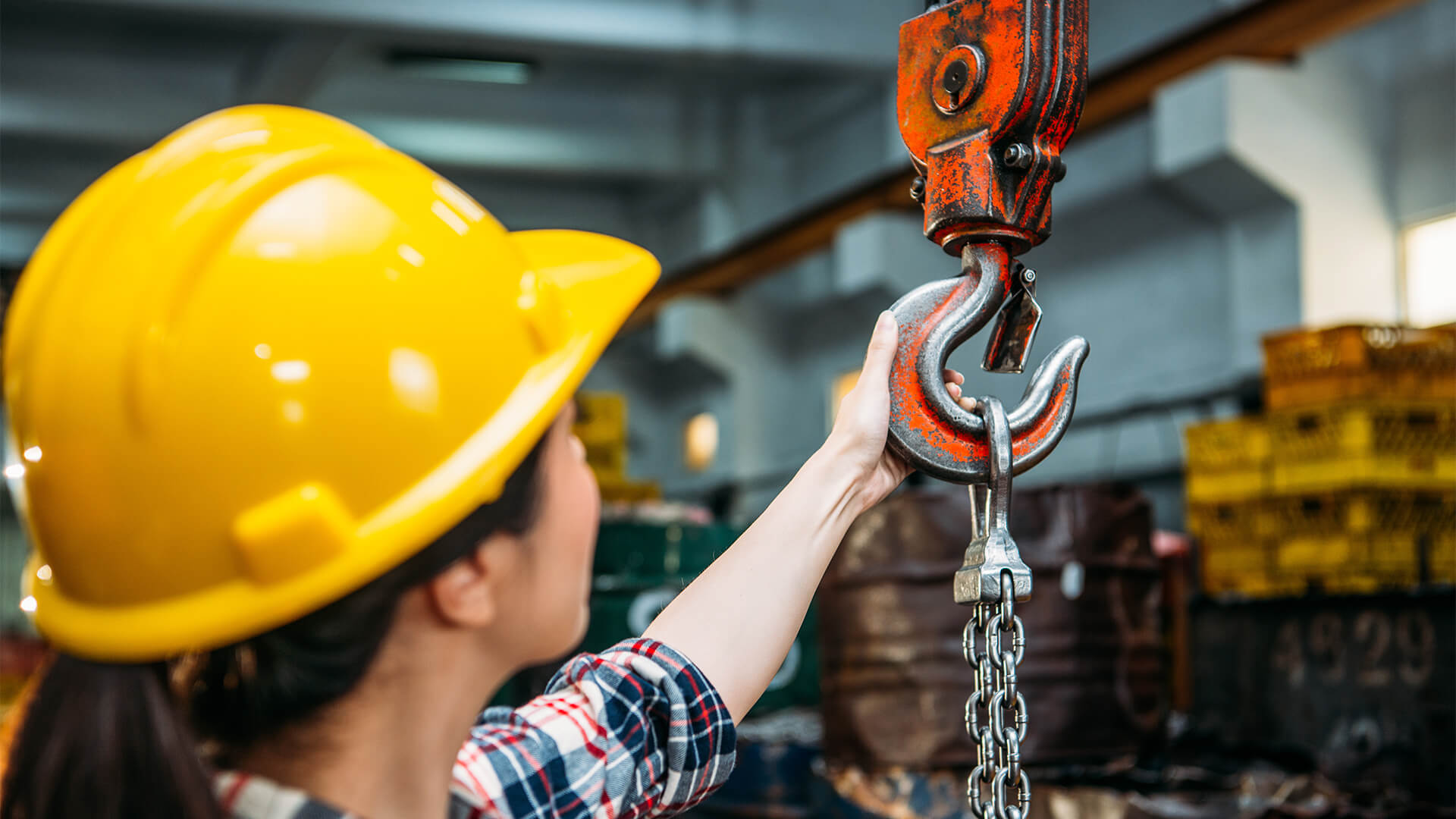Chains, in general, have been in existence for decades upon decades. Being one of the most reliable ways the world has adapted to lift and tie down materials in various applications. Little wonder, its use has been greatly adapted across every part of the world’s respective industries. In ancient times, people used any type of chain to lift something, tie down a load, or tow a vehicle as long as it was available. However, in recent times, different chains have been created to serve different purposes. Due to the huge demand and also to cater for safety concerns by properly regulating. For this reason, the industry has begun to differentiate between various materials and grades of chain and the specific applications they should be used for. Hence, the creation of chain lifts.
What Do I Need to Know About Chain Lifts?
Chain lifts are renowned for their unwavering efficiency in the lifting industry. Companies like RUD provide one with many options at your disposal to configure a chain to your most preferred specifications. It is, however, important to note that the amount of weight a chain can bear is solely dependent on what grade it is. A general rule of thumb states that the higher the grade, the stronger and more resistant to stretching and breaking the chain. This simply means that Chain lifts offer you value for your money. For this reason, it is important to have proper knowledge of the working load limit of the chain and the weight of what it is you wish to lift before attempting to purchase one. Many chains are available in the construction market, as they come in different grades and sizes for appropriate use. To prevent accidents and damages, always ensure you confirm each lifting chain’s grades and appropriate use. Lifting Chains are known to be one of the most durable types of lifting equipment, although these chains are produced in different grades.
Why Do I Need a Lifting Chain?
Also referred to as alloy steel chain slings, lifting chains are another great variation whose use has been gainfully employed in the construction industry and can be utilized in many different applications of lifting, especially in situations where the weight, size, position, or location of a load is an issue. This product is most likely to be used to do the following:
Lifting of Heavy Materials
A chain lift can be used to move heavy and bulky loads regularly. It is more interesting to note that this chain has a wide range of fitting options; heavy concrete, glass, or wood can be lifted from the ground to upper floors and vice versa using a chain lift.
Movement of Waste
It is almost inevitable to produce bulky waste and other materials from construction sites and even factories or commercial premises. A chain lift takes the hassle off your hands as it helps you move this waste with so much ease. With how efficient it is, you can rely on your waste to be moved seamlessly.
How Do I Use a Lifting Chain Properly?
With the eternal development and growth of technology over the years, there are different ways in which heavy loads can be lifted, and even waste can be moved. However, the fact that lifting chains have stood the test of time and are still the go-to and most reliable item in construction sites for movement and lifting is because of their great ability to function properly in both high and low-temperature environments other challenging conditions. These lifting chains are extremely heavy-duty, which is one of the reasons that makes them suitable for use in a variety of different environments, from construction sites to factories and warehouses. Although these chains are strong and have great resistance to temperatures with the ability to function irrespective of the weather, it is extremely important to use these chains the right way to care for them to serve you properly for the promised duration. Below are a couple of ways these chains can be used properly:
- Endeavor to use only within the prescribed working load limit
- Always ensure that the load is evenly distributed. When a load is placed unequally, there is a high possibility that a dangerous situation will be created, which will eventually damage the sling
- Unnecessary and rapid stops, impacts, and lifts should be avoided by all means
- Ensure that the length of a chain is never twisted or tied into a knot
- Sharp edges and corners should be protected accordingly with adequate padding or protectors.
- Don’t forget to inspect hooks. Never use if bent or distorted in any way
- Always ensure that you properly clean chains after use and before use; oil and dirt can make chain damage undetectable, putting operators on sight at risk
Just as humans have a life span, chains also have a life span. Even with proper care, a chain will certainly wear out over time. The lifting chain should be regularly inspected to detect if there is a strain. While inspecting, the links of the overhead lifting chain should always be checked for minimum allowable thickness. Once it is worn below the prescribed measurement, it should be removed from service.
Chain lifts are ideal for both medium and large operations. Another great thing about them is how they can be easily deployed onto sites, thereby helping you evade unnecessary and harsh penalties for using unlicensed waste carriers or, worse – fly-tipping. A chain lift is more important than it is given credit for.
































